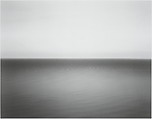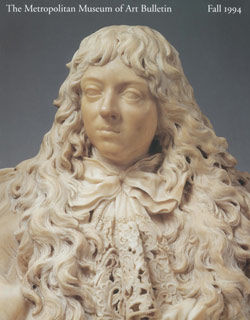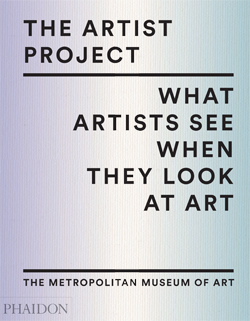Boden Sea, Uttwil
Hiroshi Sugimoto Japanese
Not on view
Conceptual and perceptual richness, impeccable craftmanship, and minimalism—these qualities of twelfth-century Japanese painting inspire Sugimoto and characterize his work, especially the seascapes. Since 1980 the artist has traveled the world to stand on remote cliffs overlooking the ocean. Sugimoto is not interested in boats, bathers or spectacular sunsets but rather in the particularity of light and atmosphere in any specific region and in the way those effects play in front of the horizon, which always precisely bisects his frame.
The horizon is central to Sugimoto's work; it describes the contact between Earth's surface and the ether and is also a metaphor for the bounds of our mental and visual perception. Viewed in a group, the photographs align along the horizon, suggesting the continuity of its compass while revealing endless variations. Rippling tides, luminous haze, shredding mists, windswept air—these aspects in the shifting envelopes of air and water covering the earth have the featureless purity of the world's first day. The depth of field within each picture is as far as the eye can see. This visual approximation of the infinite is an apt expression of the sublime for an age that has forgotten that such majesty exists on a shrinking and polluted planet.
Due to rights restrictions, this image cannot be enlarged, viewed at full screen, or downloaded.



